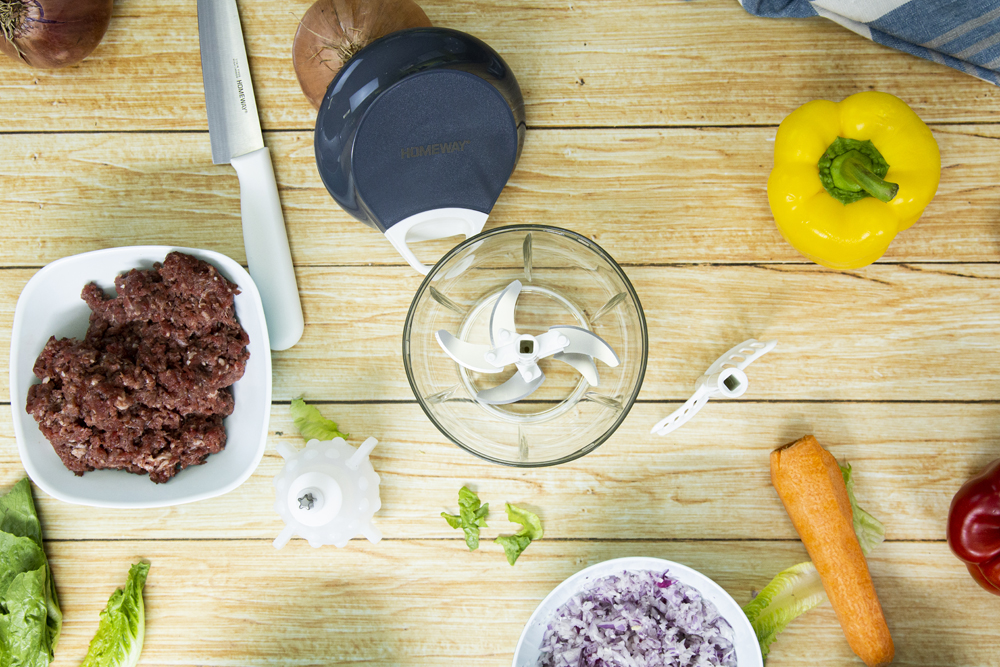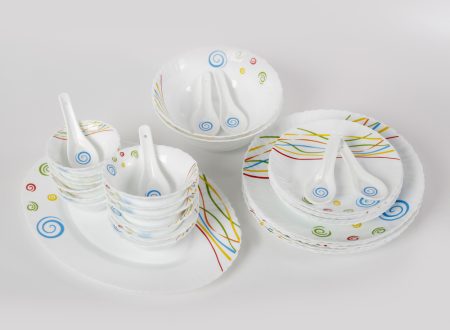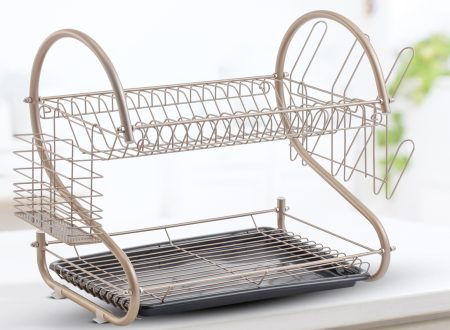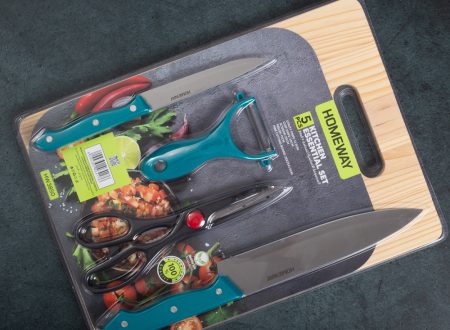When selecting good food containers, several factors should be considered to ensure they meet your needs in terms of storage, usability, and health. Here are the key factors to consider:
-
Material
Plastic: Lightweight, durable, and often cheaper, but ensure it’s BPA-free to avoid health risks.
Glass: Heavy, durable, and doesn’t absorb odors or stains. It’s safe for microwaves and ovens.
Stainless Steel: Durable, non-toxic, and eco-friendly, but usually not microwave-safe. Silicone: Flexible, durable, and safe for microwaves and ovens, but can be more expensive.
Ceramic: Stylish, microwave, and oven safe, but can be heavy and breakable. -
Size and Shape
Versatility: Choose containers of various sizes to accommodate different types of food and portions.
Stack ability: Look for containers that stack easily to save space in your refrigerator or pantry.
Shape: Square or rectangular containers are typically more space-efficient than round ones. -
Sealing Mechanism
Airtight Seal: Ensures freshness and prevents leaks, ideal for liquids and perishable foods.
Locking Lids: Snap-lock lids with silicone gaskets provide a more secure seal. - Durability
Material Strength: Consider how well the material holds up to regular use, including being dropped or exposed to heat.
Wear and Tear: Check for resistance to staining, scratching, and warping. - Safety Features
Microwave Safe: Ensure the container can be safely used in the microwave.
Dishwasher Safe: For ease of cleaning.
Freezer Safe: To prevent cracking or breaking when frozen.
Oven Safe: For reheating or cooking food in the oven. - Health Considerations
BPA-Free: Avoid containers with Bisphenol A (BPA), a chemical linked to health issues.
Non-Toxic: Ensure the material doesn’t leach harmful chemicals into the food. - Ease of Cleaning
Dishwasher Safe: Prefer containers that can be cleaned in a dishwasher for convenience.
Stain Resistance: Choose materials that resist staining, especially if you store foods with strong colors or spices. - Portability
Lightweight: If you need to carry the containers to work or school.
Leak-Proof: To prevent spills during transport. - Cost
Budget: Consider how much you are willing to spend and balance it with the quality and features you need.
Longevity: Investing in higher-quality containers may save money in the long run due to their durability. - Environmental Impact
Reusable: Opt for containers that can be used repeatedly to reduce waste.
Recyclable: Choose materials that are recyclable at the end of their life.
By considering these factors, you can select food containers that best suit your needs for storage, safety, convenience, and environmental impact.





